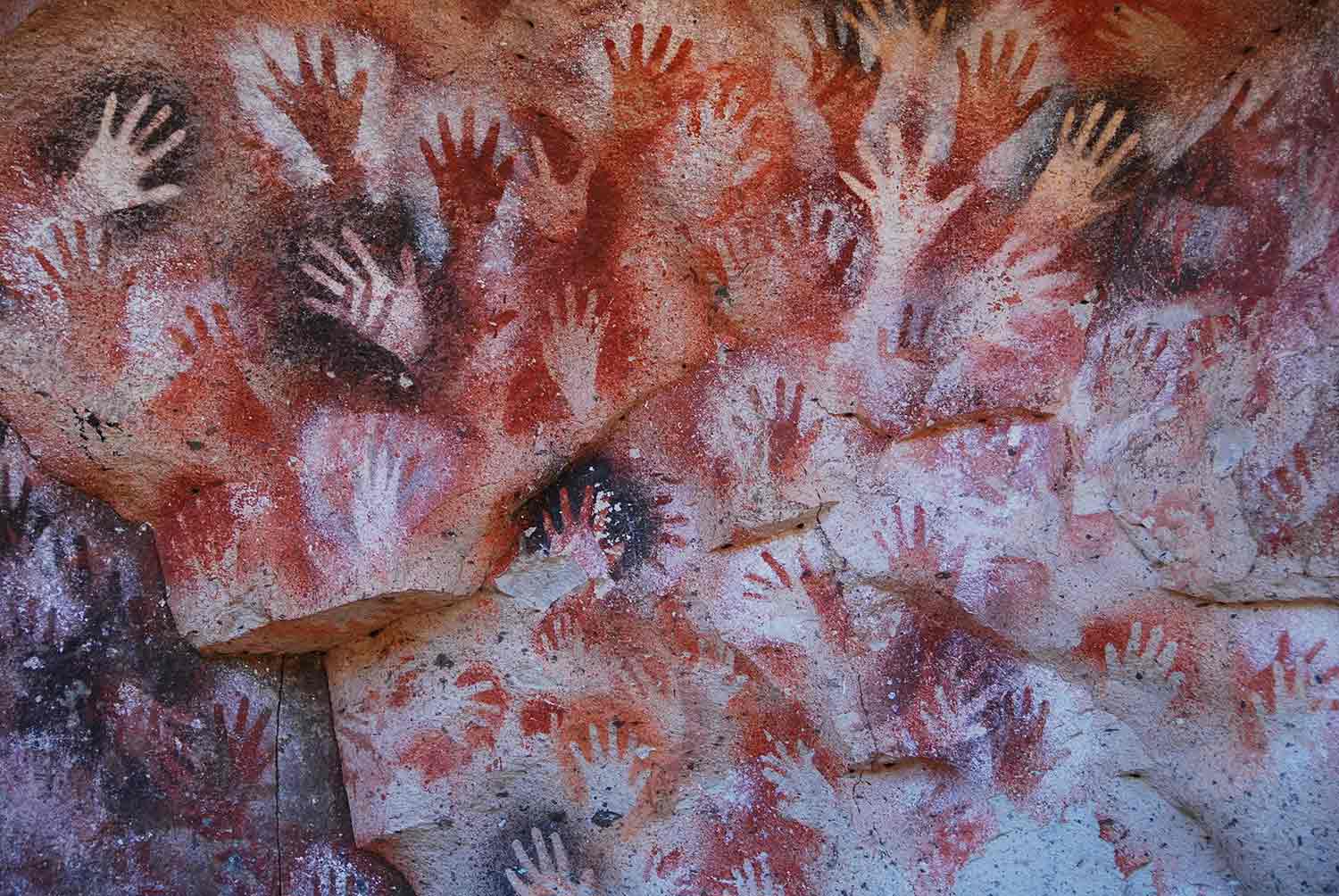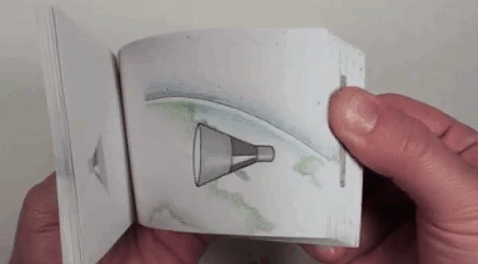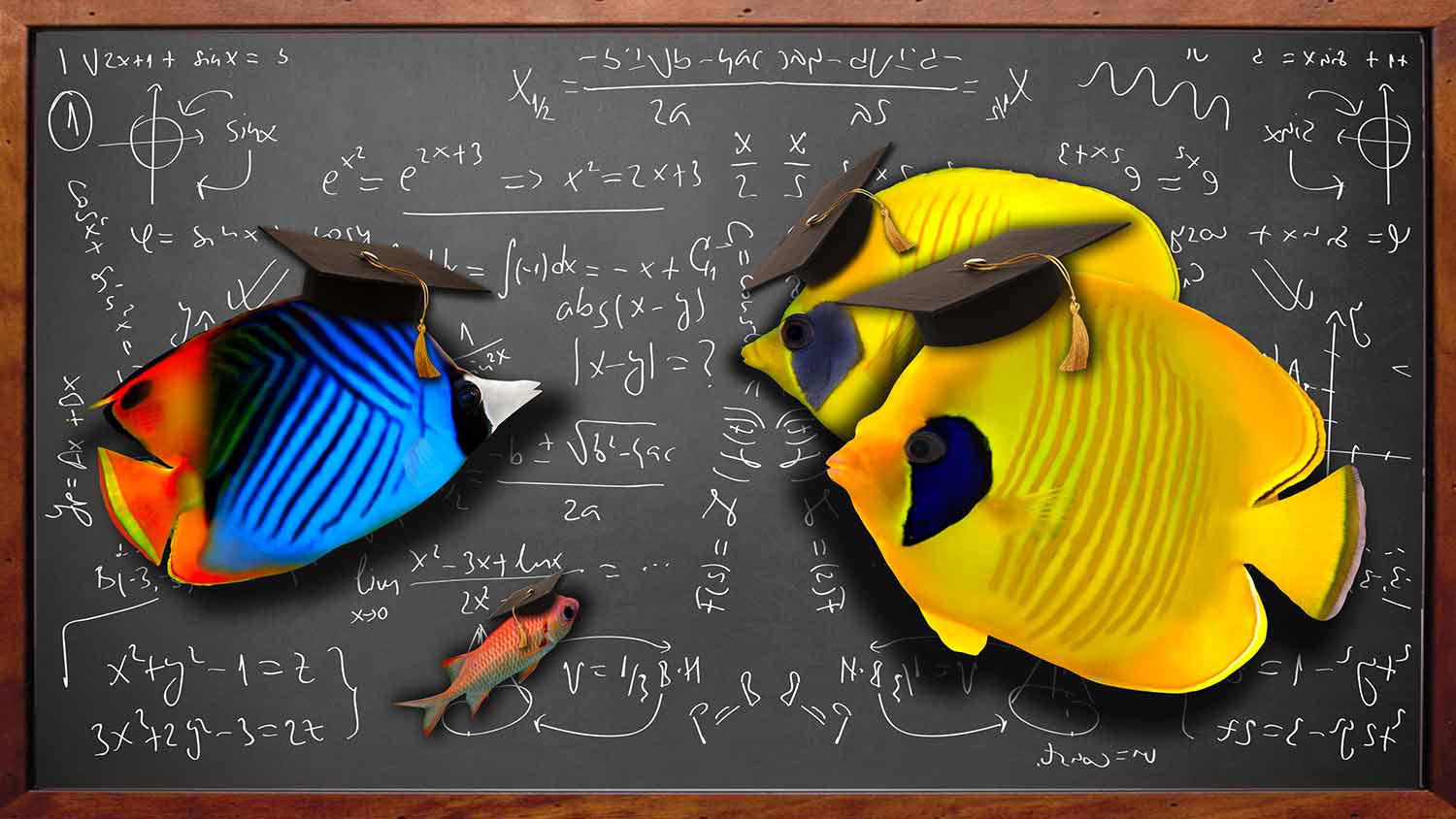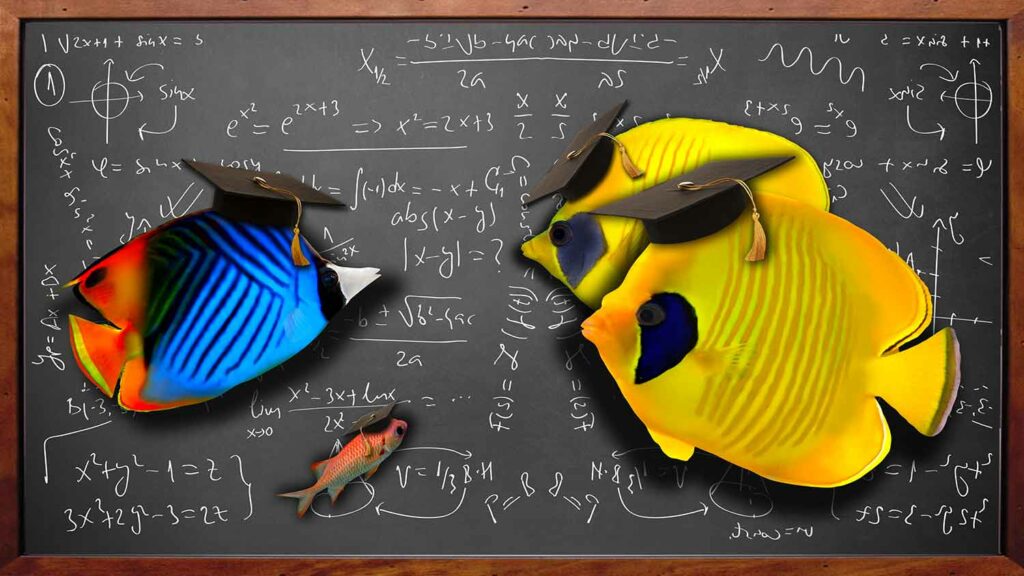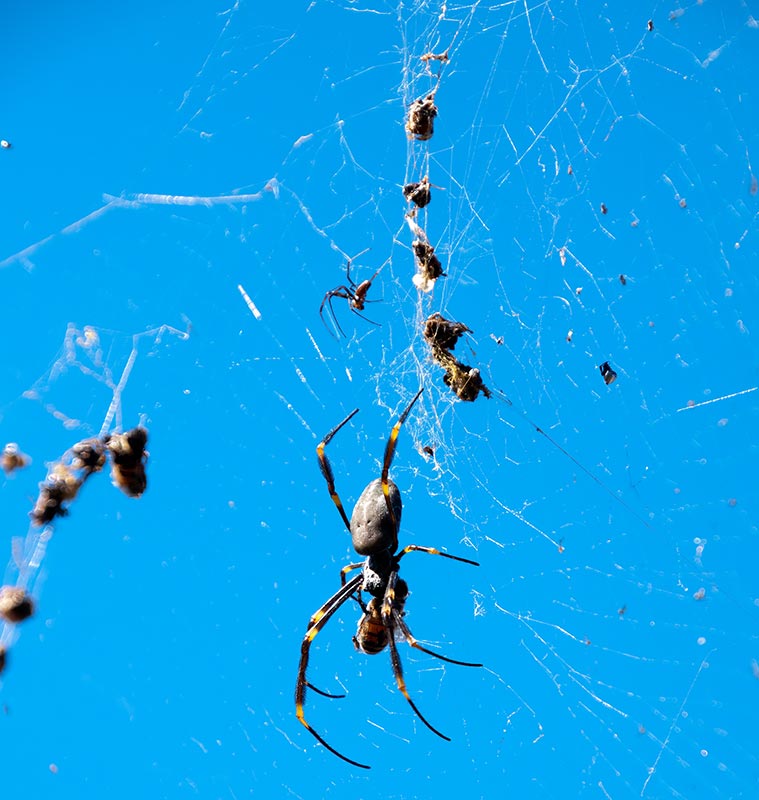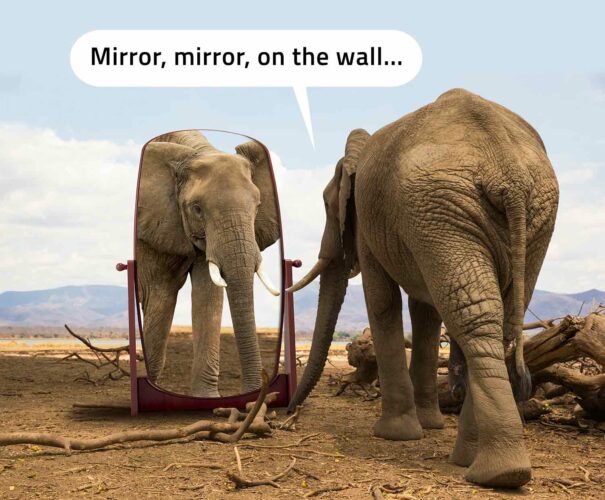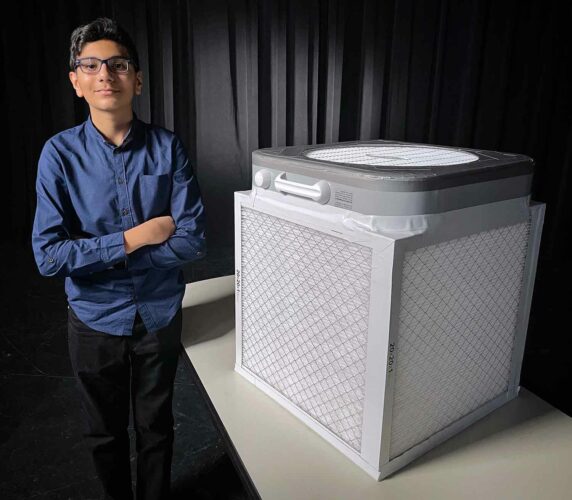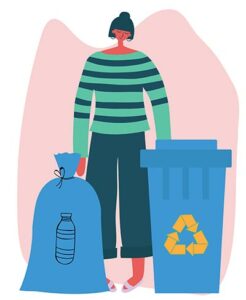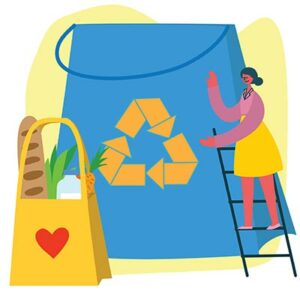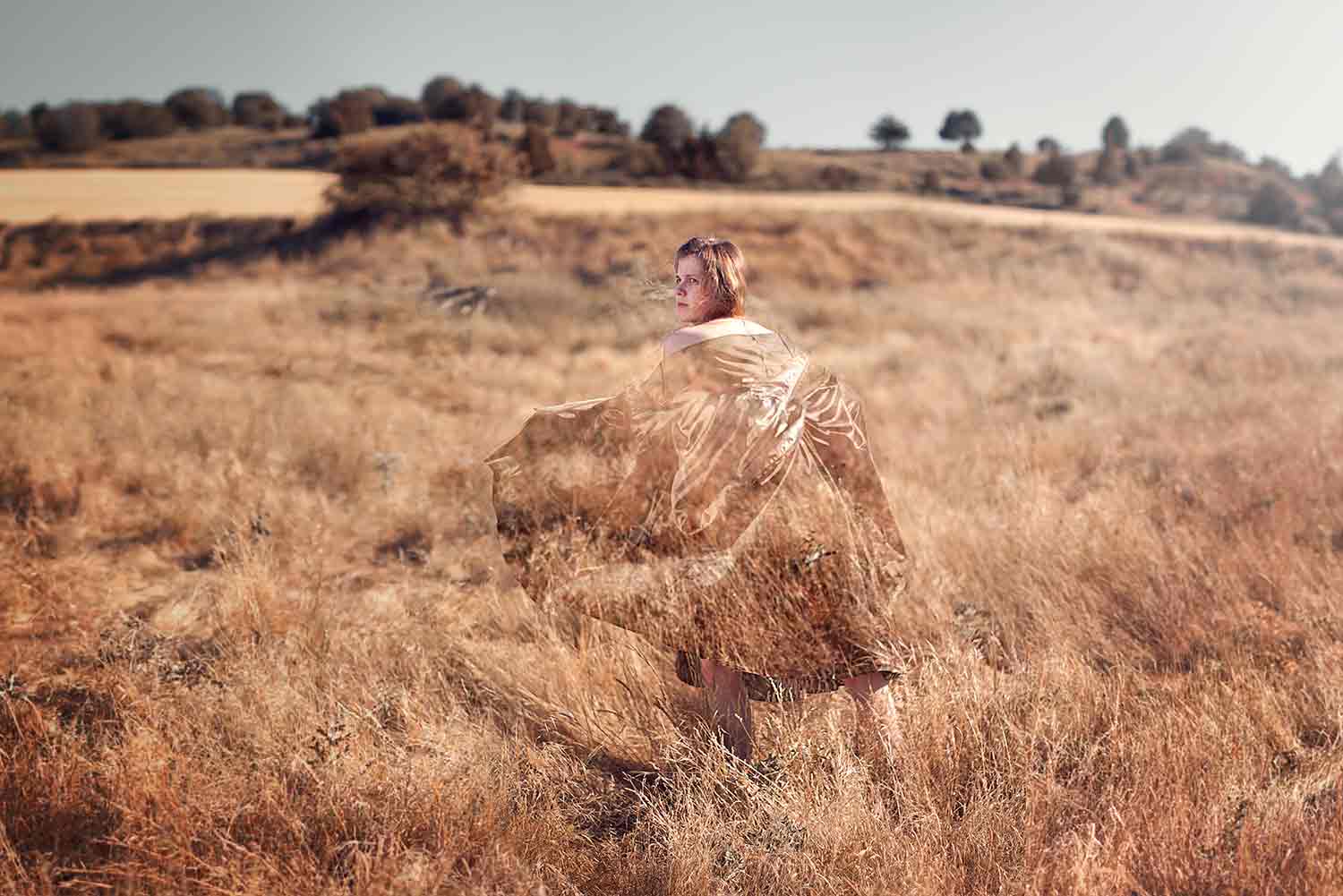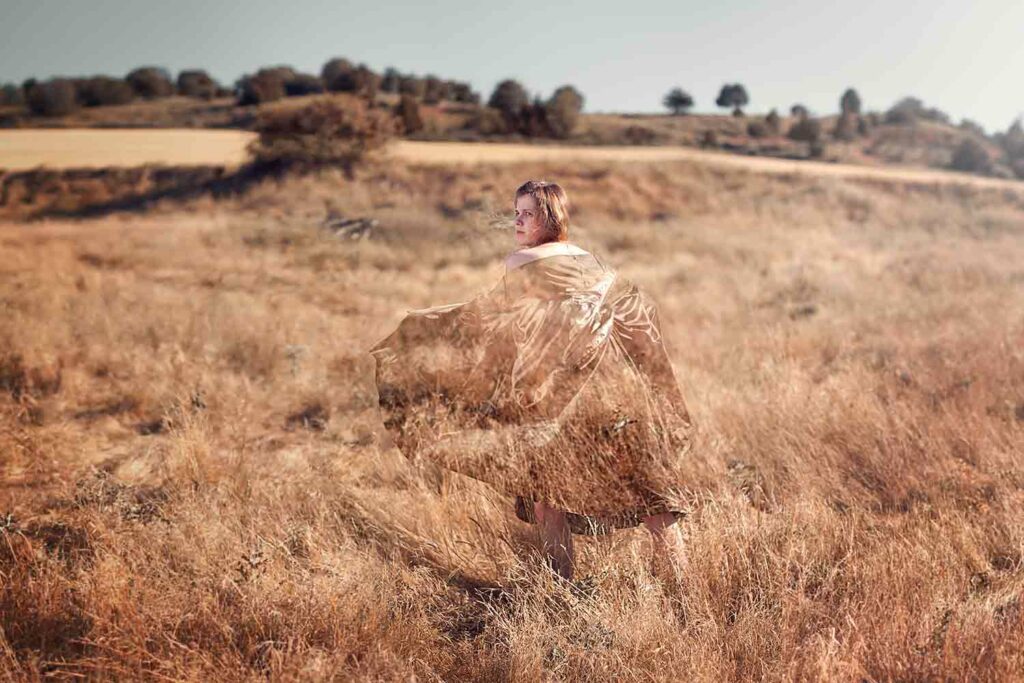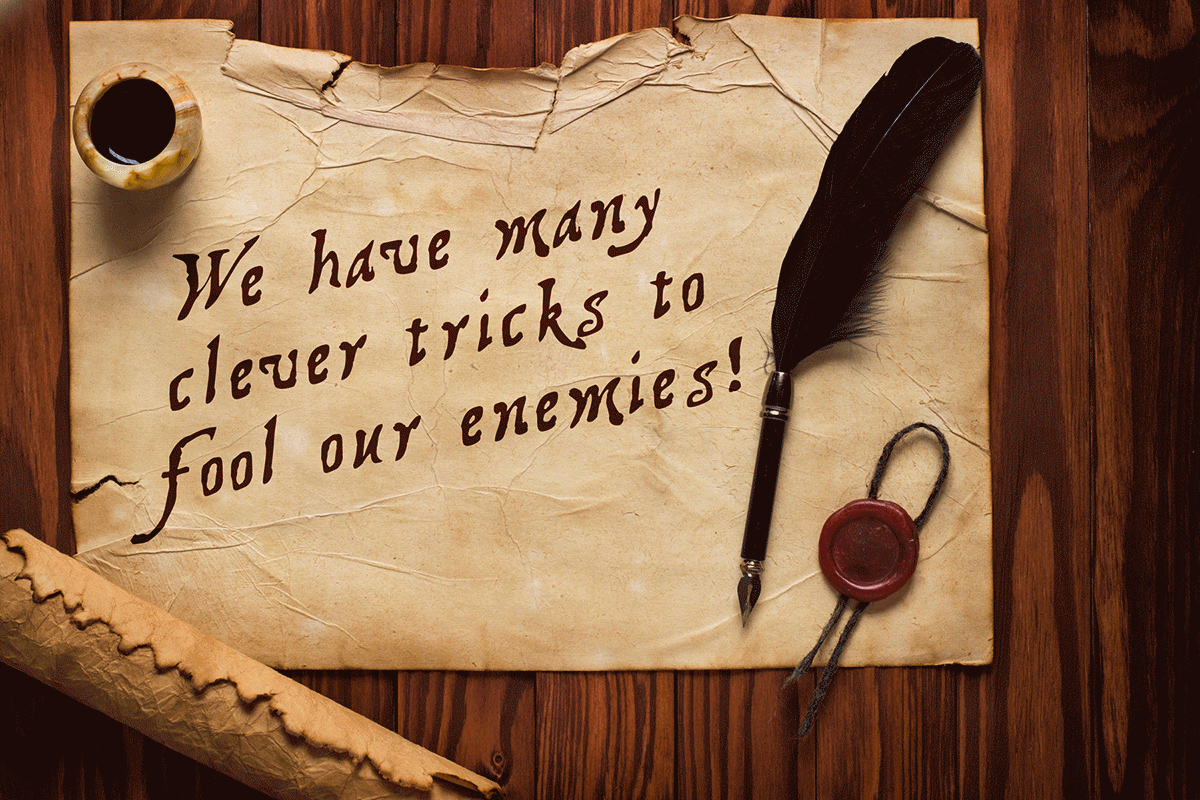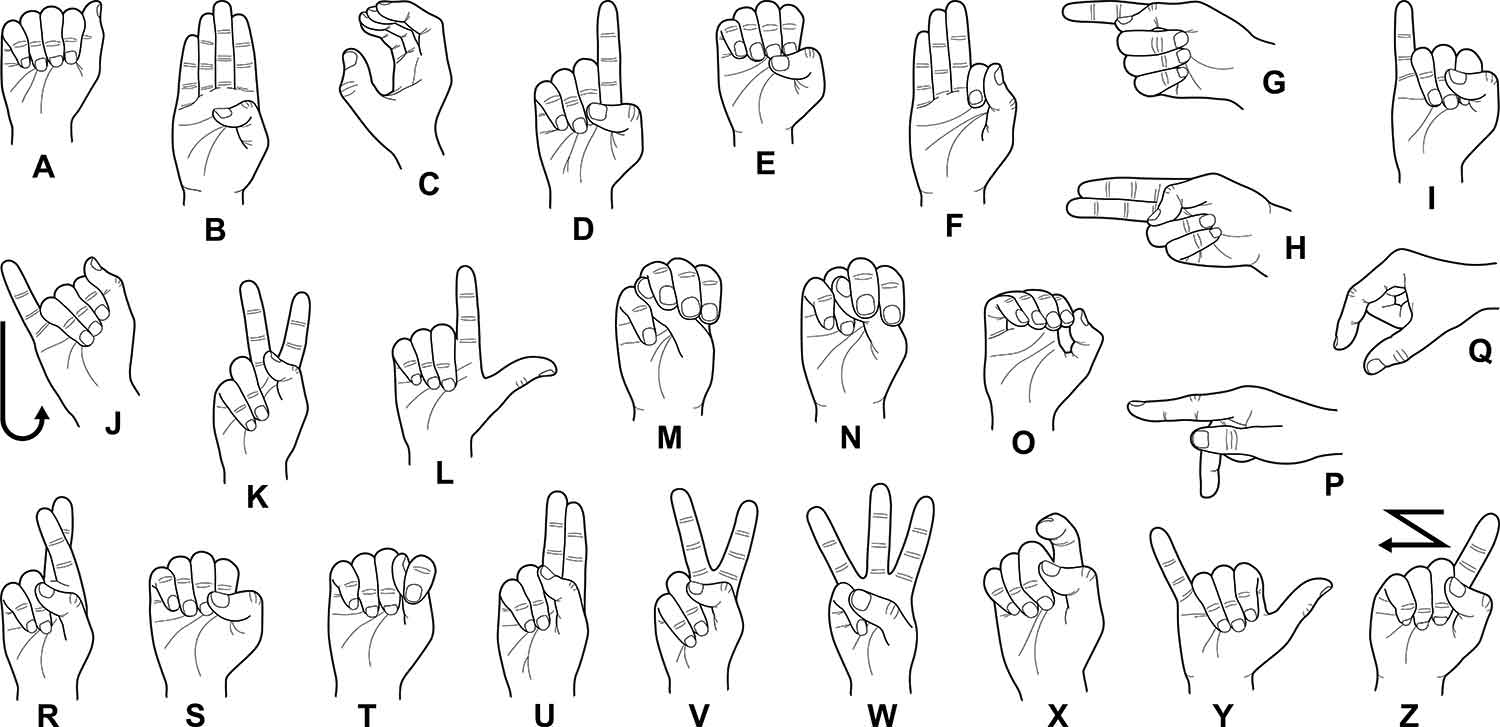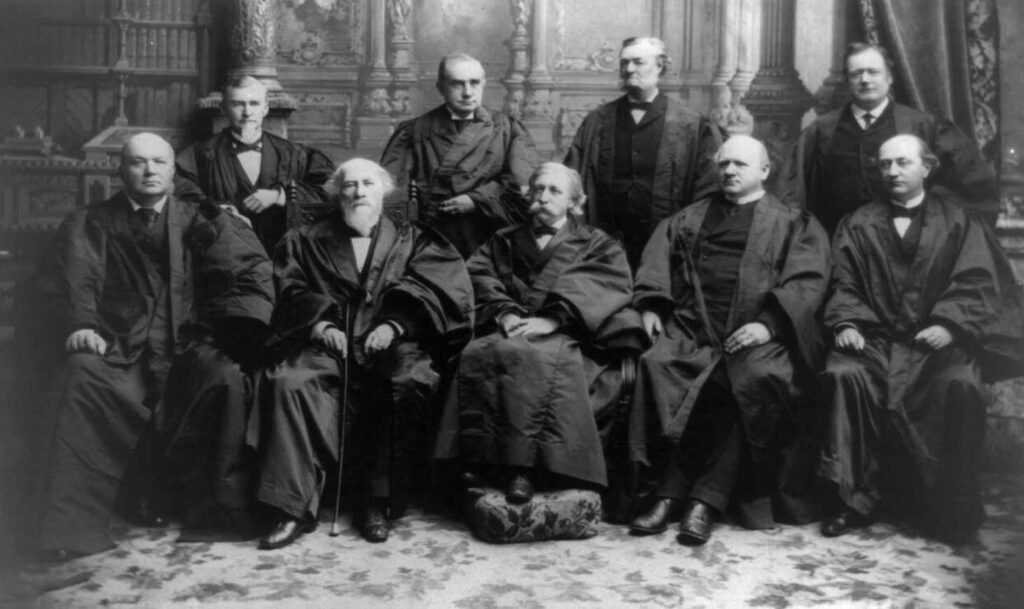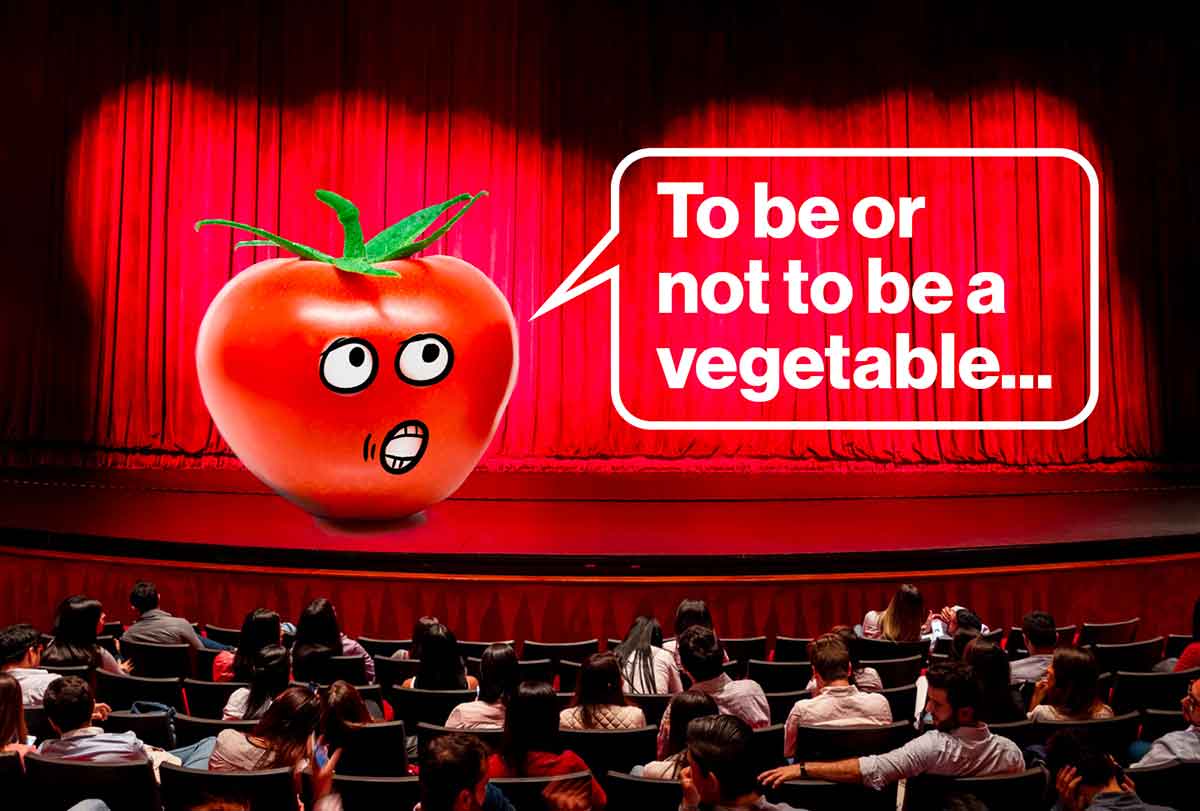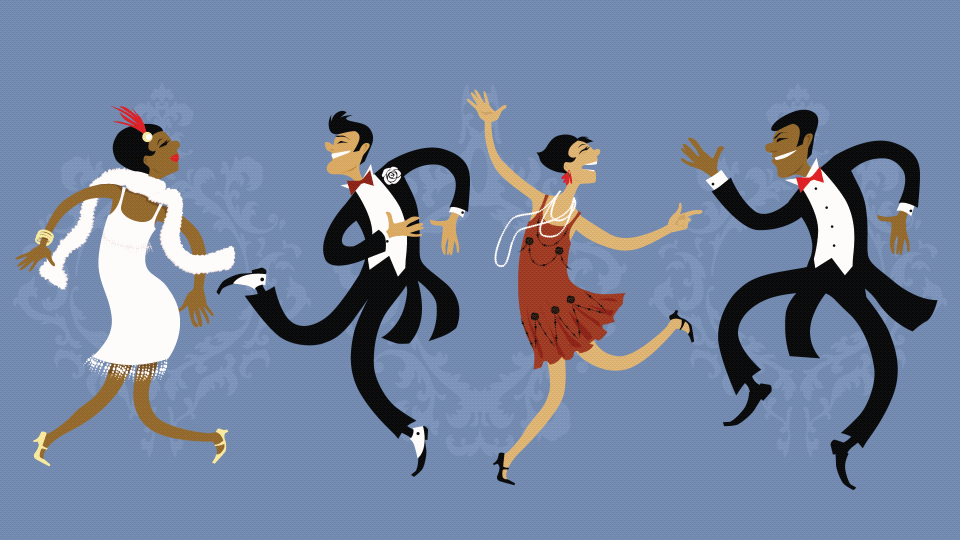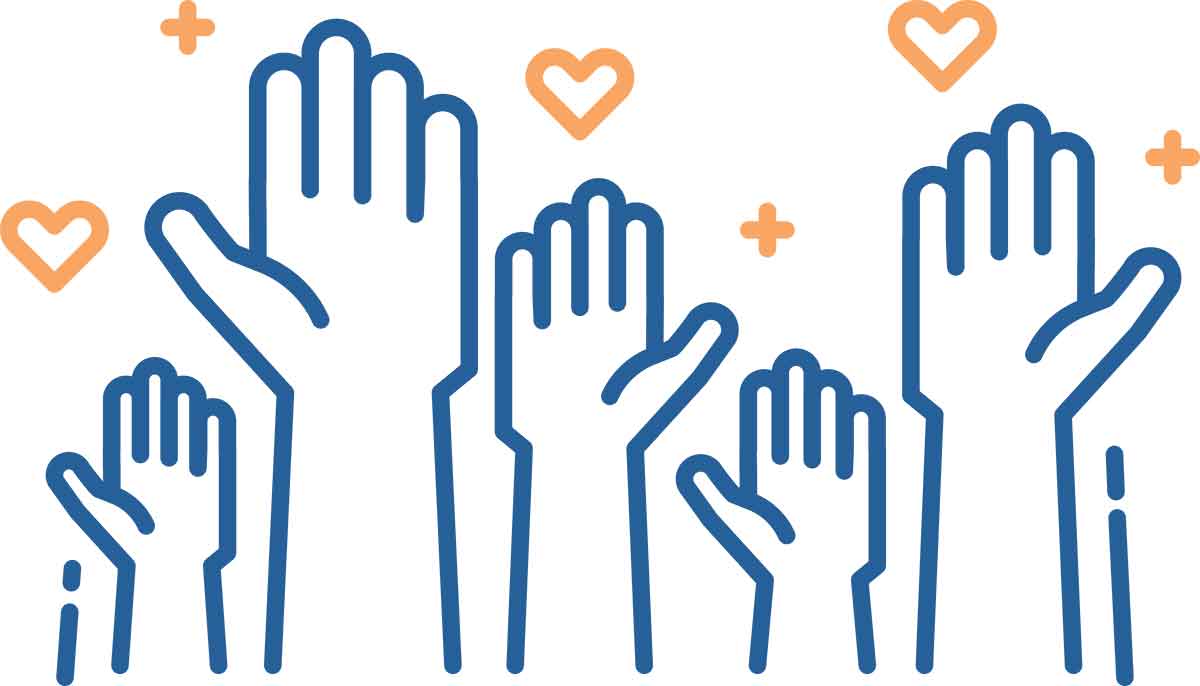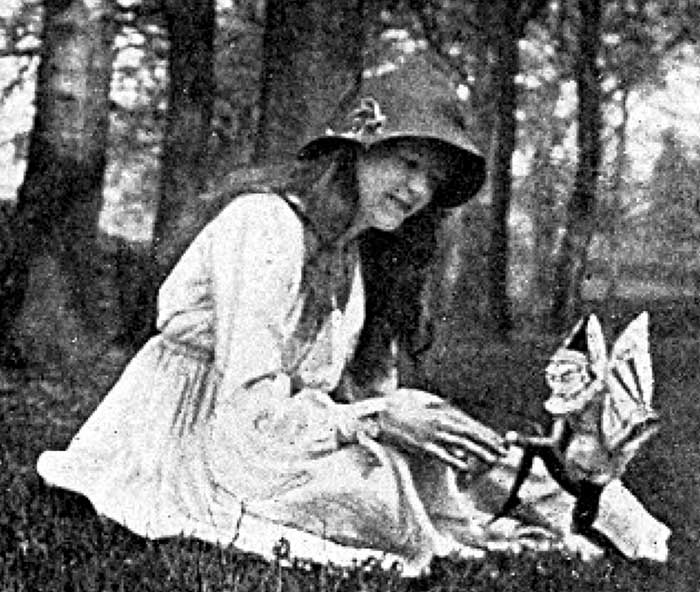Was Cave Art the First Animation?
Scientists think the first “cartoons” may have been created 15,000 years ago.

Courtesy of Izzy Wisher, © Needham et al. 2022 PLOS One (CC-BY 4.0); Photo composite Encyclopædia Britannica, Inc.
Were GIFs invented thousands of years ago? Scientists believe that prehistoric people may have used tablets—stone tablets, not wireless tablets—to make their own form of animation.
Researchers at the University of York and Durham University in the United Kingdom studied pictures of animals that had been carved into stone about 15,000 years ago in what is now France. They noticed heat damage on the stone tablets and concluded that the tablets had been placed very close to fire. They wanted to know why.
The researchers recreated the ancient stone tablets by carving their own illustrations into stone. They were careful to make the tablets look as the ancient ones would have looked when new—with clear lines outlining the animals. Then they placed the recreated tablets around a fire in positions that would cause the same heat damage markings they’d seen on the ancient tablets. This placement caused the illustrations of animals to appear to move and flicker, sort of like a primitive animated movie.
“When you get this dynamic light across the surface, suddenly all these animals start to move; they start to flicker in and out of focus,” archaeologist Andy Needham of the University of York in the United Kingdom told Live Science.
Who knew animation was so ancient?
Fun Fact
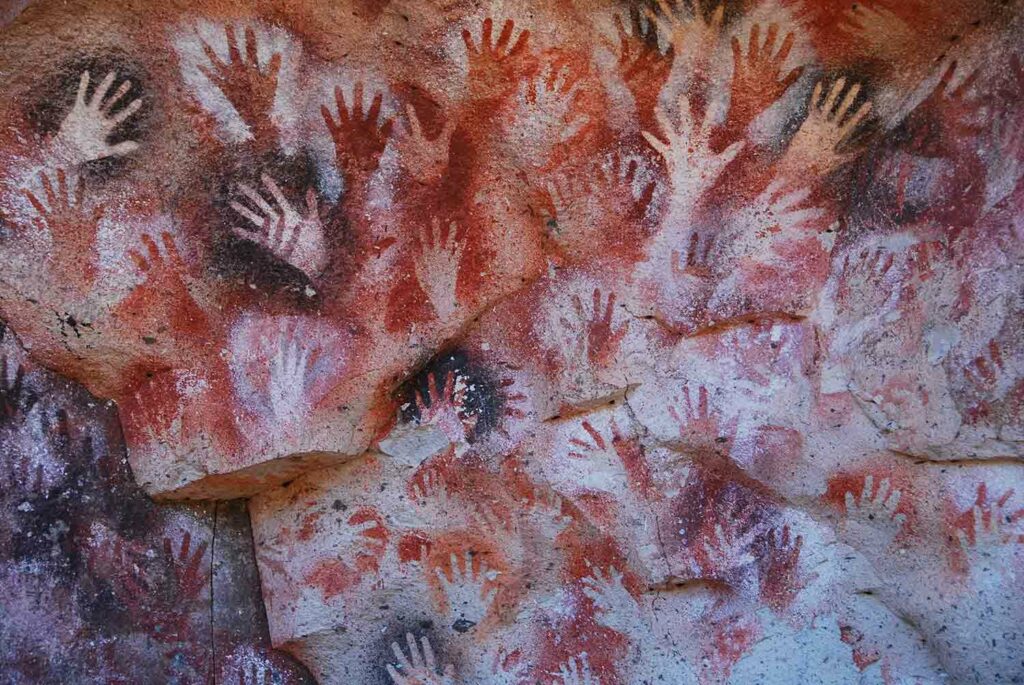
© H_ctor Aviles—EyeEm/Getty Images
Scientists have discovered prehistoric handprints on cave walls. To make a handprint, ancient artists put one hand on the cave wall and then blew color, made from clay and other materials, all around it.
How Does Pixar Do It?

© Walt Disney Pictures
Some animated shows and movies capture an approximation of how people and animals actually move. Pixar movies are different. From Buzz Lightyear to Mei Lee, Pixar’s characters look almost real—or at least three-dimensional—despite being based on sketches. How does Pixar do it?
Each movie starts with a storyboard—a visual layout of sketches that, laid out one after the other, tell the story of the film. These sketches help the artists figure out how to bring the story to life.
Next, the artists create concept art. This is when decisions will be made about the “look” of the film, including some of the colors used.
Then it’s time for the characters to take shape—literally. In a process called computer modeling, the characters and sets are given shading to help them appear multidimensional in the finished product.
On the computer, the scene is laid out in front of a virtual camera. Like live actors, the characters are positioned based on camera angles.
Movement begins with animation and simulation. Through the magic of computers, the characters move a lot like real people. Even hair and clothing move in reaction to the characters’ movements.
Believe it or not, lighting is an important part of the process. Pixar uses virtual lighting to give each frame the right look.
It’s no wonder that one Pixar movie can take years to make.
Cartoons Through Time
How were drawings brought to life before computers?
WORD OF THE DAY
anthropology
noun
: the study of human races, origins, societies, and cultures

Play
In Case You Missed It
04.22.22
